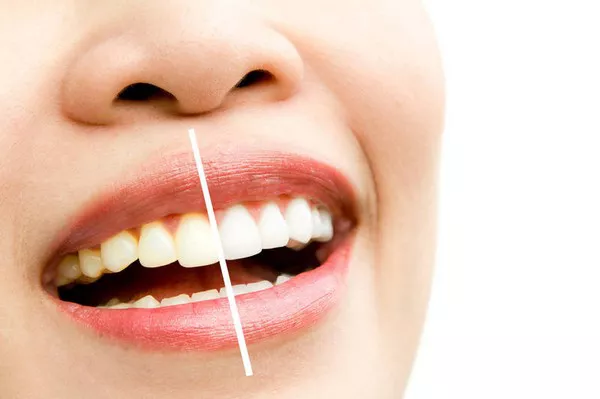Dental fillings are a common and essential dental procedure used to treat cavities and restore damaged teeth. After undergoing a filling, many patients wonder when they can safely resume eating and drinking without causing harm to the treated tooth. In this article, we will explore the factors that determine when you can eat after filling a cavity, provide guidelines for post-filling care, and offer tips to ensure a smooth and comfortable recovery.
Understanding Dental Fillings
Dental fillings are restorative treatments used to repair teeth affected by decay or cavities. The procedure typically involves the following steps:
Diagnosis: Your dentist will identify the presence of a cavity through a visual examination and, in some cases, X-rays.
Anesthesia: Before the filling, your dentist will administer local anesthesia to ensure you don’t feel any pain during the procedure.
Tooth Preparation: The dentist will remove the decayed or damaged tooth material, creating a clean and healthy surface for the filling.
Filling Placement: The chosen filling material (commonly amalgam or composite resin) is placed into the prepared cavity and shaped to restore the tooth’s natural contour.
Polishing: The dentist will polish the filling to ensure a smooth surface and proper bite alignment.
Factors That Influence Eating After a Filling
Several factors influence when you can safely eat after getting a dental filling:
Type of Filling Material: The type of filling used can impact when you can resume eating. Composite resin fillings, for example, harden quickly under a special light, allowing for immediate use. Amalgam fillings may require a bit more time to fully set.
Anesthesia: The local anesthesia administered during the procedure can cause temporary numbness in the mouth and lips, making it challenging to eat immediately after the filling.
Size and Location of the Filling: The size and location of the filling within the mouth can affect your ability to eat comfortably. Large fillings or those near the biting surface may require more caution.
When Can You Eat After Filling a Cavity?
The timing for eating after a dental filling can vary based on the factors mentioned above. However, here are some general guidelines to follow:
Immediate Post-Filling Period: If you had a composite resin filling, you can usually eat and drink as soon as the numbness from the anesthesia wears off. This can take a couple of hours.
Amalgam Fillings: Amalgam fillings may require a bit more caution. It’s advisable to wait at least 24 hours before eating solid foods to allow the filling to fully set and harden. During this time, opt for soft and non-sticky foods.
Anesthesia Recovery: Be mindful of your oral tissues if you had local anesthesia. You may experience temporary numbness and should avoid biting your cheeks, lips, or tongue while eating.
Post-Filling Care and Tips
To ensure a smooth and comfortable recovery after a dental filling, consider the following tips:
Follow Your Dentist’s Instructions: Your dentist will provide specific post-filling care instructions. Follow them diligently for the best results.
Choose Soft Foods: In the immediate hours following a filling, opt for soft and non-sticky foods that require minimal chewing.
Avoid Extreme Temperatures: Steer clear of very hot or very cold foods and beverages, as sensitivity may be heightened immediately after the filling.
Be Gentle When Chewing: If you experience discomfort while chewing, try to chew on the opposite side of your mouth or use your front teeth.
Maintain Good Oral Hygiene: Continue to brush and floss your teeth as usual, being gentle around the filled area. Good oral hygiene is crucial for preventing future cavities.
Stay Hydrated: Drink plenty of water to help maintain oral health and overall well-being.
Conclusion
Eating after getting a dental filling depends on various factors, including the type of filling material used, the size and location of the filling, and the presence of anesthesia-related numbness. In most cases, you can resume eating and drinking within a few hours after the procedure, but it’s essential to follow your dentist’s recommendations for the best results. By being mindful of your post-filling care and choosing foods that are gentle on your teeth, you can ensure a comfortable and successful recovery while maintaining your oral health.
Related Topics:































